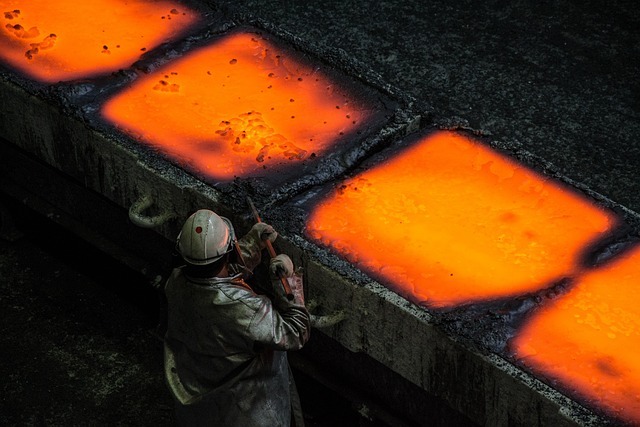Introduction
High entropy alloys (HEA) are a new class of materials that have emerged as promising alternatives to traditional alloys. Here are some important facts to keep in mind about HEA. We hope that you will have a better understanding of these materials. [1]
Understanding High Entropy Alloys
HEA is an advanced material that is very different from conventional alloys. They are made up of a few main elements rather than being based on a large number of components. That is, HEA contains at least five elements, with equal or nearly equal proportions of each element. HEA also features high entropy, leading to their unique properties and applications.
HEA requires special techniques such as powder metallurgy, electrodeposition, and mechanical alloying due to its complex composition and microstructure. Many of them are made using arc melting and induction melting. Sputtering, molecular beam epitaxy (MBE), or mechanical melting can also be used. These techniques enable the creation of HEAs with properties and microstructures suitable for specific applications.
Properties of High Entropy Alloys
HEA has an excellent combination of properties not found in conventional alloys. These properties include high strength, ductility, and thermal stability. HEA also exhibits excellent wear resistance, corrosion resistance, and high-temperature properties, making them ideal for use in harsh environments.
For example, VNbMoTaW has a high yield strength of over 600 MPa (87 ksi) even at temperatures of 1400°C. CoCrFeMnNi has excellent mechanical properties at low temperatures and high fracture toughness. Al0.5CoCrCuFeNi, on the other hand, has a high fatigue life and fatigue strength compared to conventional steels and titanium alloys.
Applications of High Entropy Alloys
HEAs have shown promise in a variety of applications including high-temperature thermoelectric applications, wear-resistant coatings, and structural materials. It is also being investigated for use in aerospace, automotive, and biomedical applications. The unique combination of properties exhibited by HEA makes it ideal for use in harsh environments where conventional alloys can fail.
You can also find them used in the automotive industry to manufacture engine components, powertrain components, and other structural equipment. In addition, these alloys are promising materials for nuclear applications due to their resistance to radiation and corrosion.
Four Basic Principles of High Entropy Alloys
Let’s continue the article by learning more about the basic principles of HEA.
Entropy Stabilization of Solid Solutions
The first core effect is entropy stabilization. This refers to the phenomenon in which high configurational entropy leads to the stabilization of the solid-solution phase. This means that solid solutions are more stable than intermetallic phases due to their lower Gibbs free energy. [2]
Severe Lattice Distortion
Second, the HEA lattice is significantly distorted due to the size difference between alloying elements, which has multiple effects on the physical and mechanical properties of HEA.
Sluggish Diffusion Kinetics
This is mainly due to the more difficult diffusion of atoms in solid solutions with high concentrations of many elements.
Cocktail Effects
Finally, the composition of HEA is complex due to the interaction of multiple elements, leading to anomalous behavior that cannot be predicted from the properties of the individual elements. This phenomenon is called the cocktail effect. These interactions between elements can result in special properties that are difficult to predict.
Conclusion
In short, high entropy alloys offer an excellent combination of properties, special manufacturing methods, and suitability for a variety of applications. They are also known for (1) entropy stabilization, (2) strong lattice distortion, (3) sluggish diffusion kinetics, and (4) cocktail effects. Continued research into HEAs will maximize their potential and lead to the development of more advanced materials that can be used in a variety of applications. Stanford Advanced Materials (SAM) is a trusted supplier of high entropy alloys. If you are interested, please contact us.
Reference:
[1] Saro San, Yang Tong, Hongbin Bei, Boopathy Kombaiah, Yanwen Zhang, Wai-Yim Ching, First-principles calculation of lattice distortions in four single phase high entropy alloys with experimental validation, Materials & Design, Volume 209, 2021, 110071, ISSN 0264-1275, https://doi.org/10.1016/j.matdes.2021.110071.
[2] Pickering, E., & Jones, N. (2016). High-entropy alloys: A critical assessment of their founding principles and future prospects. International Materials Review. https://doi.org/10.1080/09506608.2016.1180020
